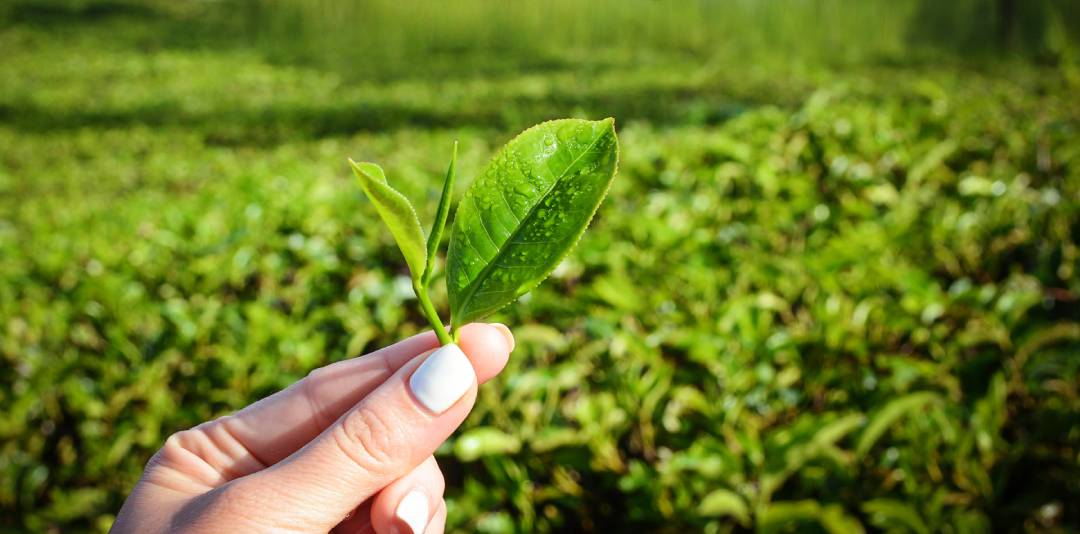
Tea is more than just a beverage; it is a cultural phenomenon that has woven itself into the fabric of societies across the globe. Originating thousands of years ago ancient China, tea has a history and cultural significance that continues to thrive today.
The journey of tea begins with the Camellia sinensis plant, the source of all true tea—white, green, oolong, black, and pu-erh. The flavor, aroma, and color of the tea largely depend on the method of processing the leaves after harvest. For instance, green tea is minimally oxidized, preserving its fresh, grassy notes, while black tea undergoes full oxidation, resulting in a robust flavor profile.
Tea drinking rituals vary significantly from one culture to another. In China, the traditional gongfu tea ceremony emphasizes skill and precision, highlighting the beauty of the process as much as the beverage itself. In Japan, the meticulous tea ceremony, known as “chanoyu,” transcends simple tea drinking, transforming it into a spiritual practice that embodies harmony, respect, purity, and tranquility.
In contrast, the British afternoon tea tradition showcases a more social aspect of tea. Introduced in the 19th century, it features a light meal served with tea, often complemented by a variety of sandwiches, scones, and pastries. This elegant ritual has become synonymous with British culture, illustrating how tea can act as a catalyst for social interactions.
Beyond its cultural significance, tea carries numerous health benefits. Rich in antioxidants, it is believed to promote cardiovascular health, boost metabolism, and enhance mental alertness. Herbal teas, made from various plant materials other the tea leaves, also offer therapeutic properties, from chamomile’s calming effects to peppermint’s digestive benefits.
The global tea industry is vast, with countries like India, China, Japan, Sri Lanka, and Kenya being major producers. Each region imparts its own unique qualities to the tea, influenced by climate, soil, and production methods. For instance, Darjeeling tea, often dubbed the "champagne of teas," is cherished for its muscatel flavor and is grown in the misty mountains of India’s West Bengal.
Sustainability has become an important topic within the tea industry. As consumer awareness grows regarding the environmental impact of farming practices, there is an increasing demand for organic and ethically sourced teas. Many brands are now focusing on sustainable farming methods, fair trade practices, and efforts to minimize carbon footprints, ensuring that tea production can preserve the environment and communities involved.
In the modern era, tea has also adapted to contemporary tastes and lifestyles. Bubble tea, originating from Taiwan, combines tea with milk or fruit flavors and chewy tapioca pearls, capturing the imagination of a younger generation. Similarly, ready-to-drink bottled teas have gained popularity, making it easier for people to enjoy tea on the go.
As we continue to explore the world of tea, we find that it is more than just a drink; it is a connection to history, culture, health, and community. From the ritualistic brewing methods of centuries past to innovative trends that push the boundaries of flavor, the journey of tea is as rich and varied as the beverage itself.
article by imageoss is licensed under CC BY-NC-ND 4.0